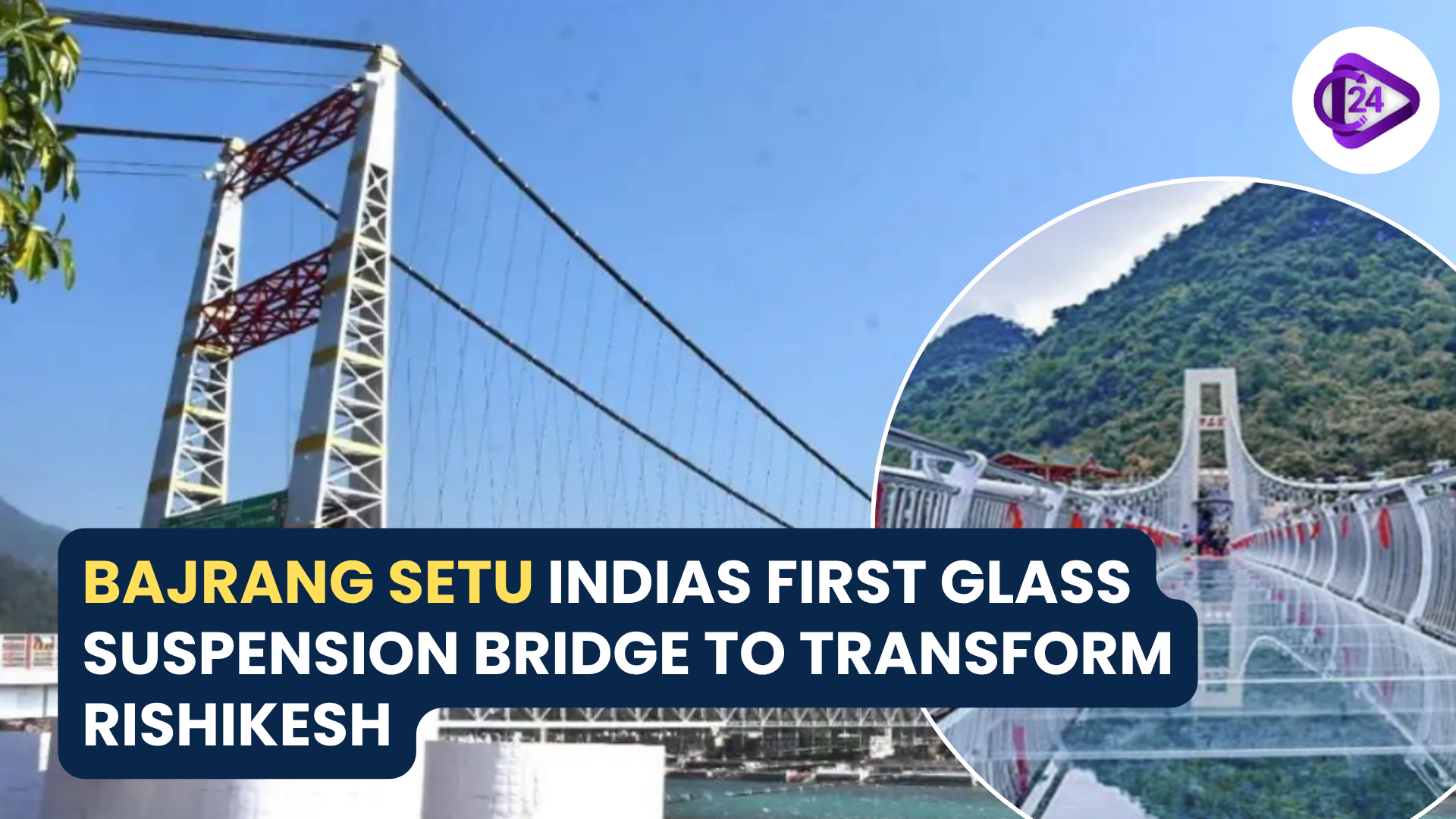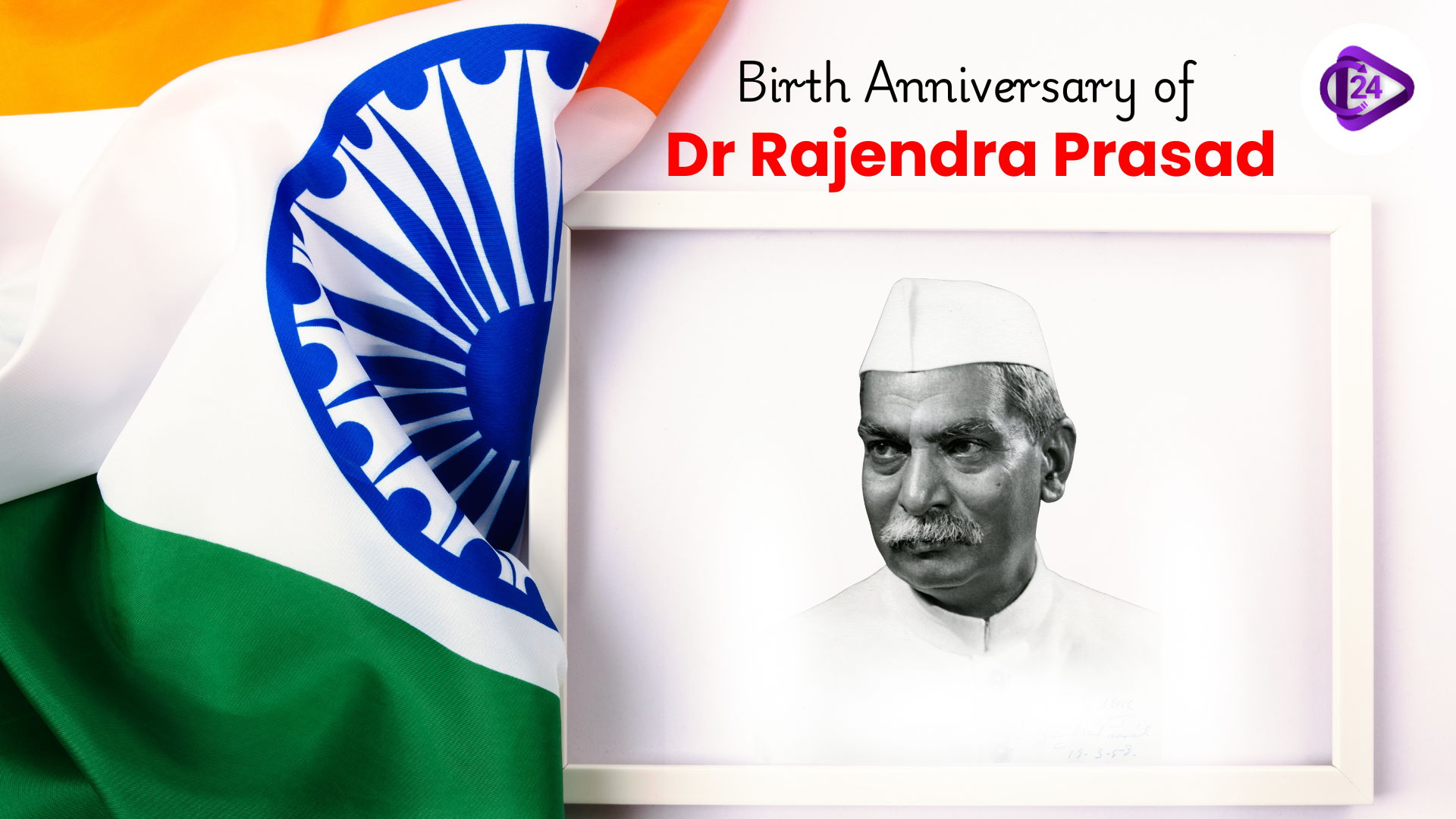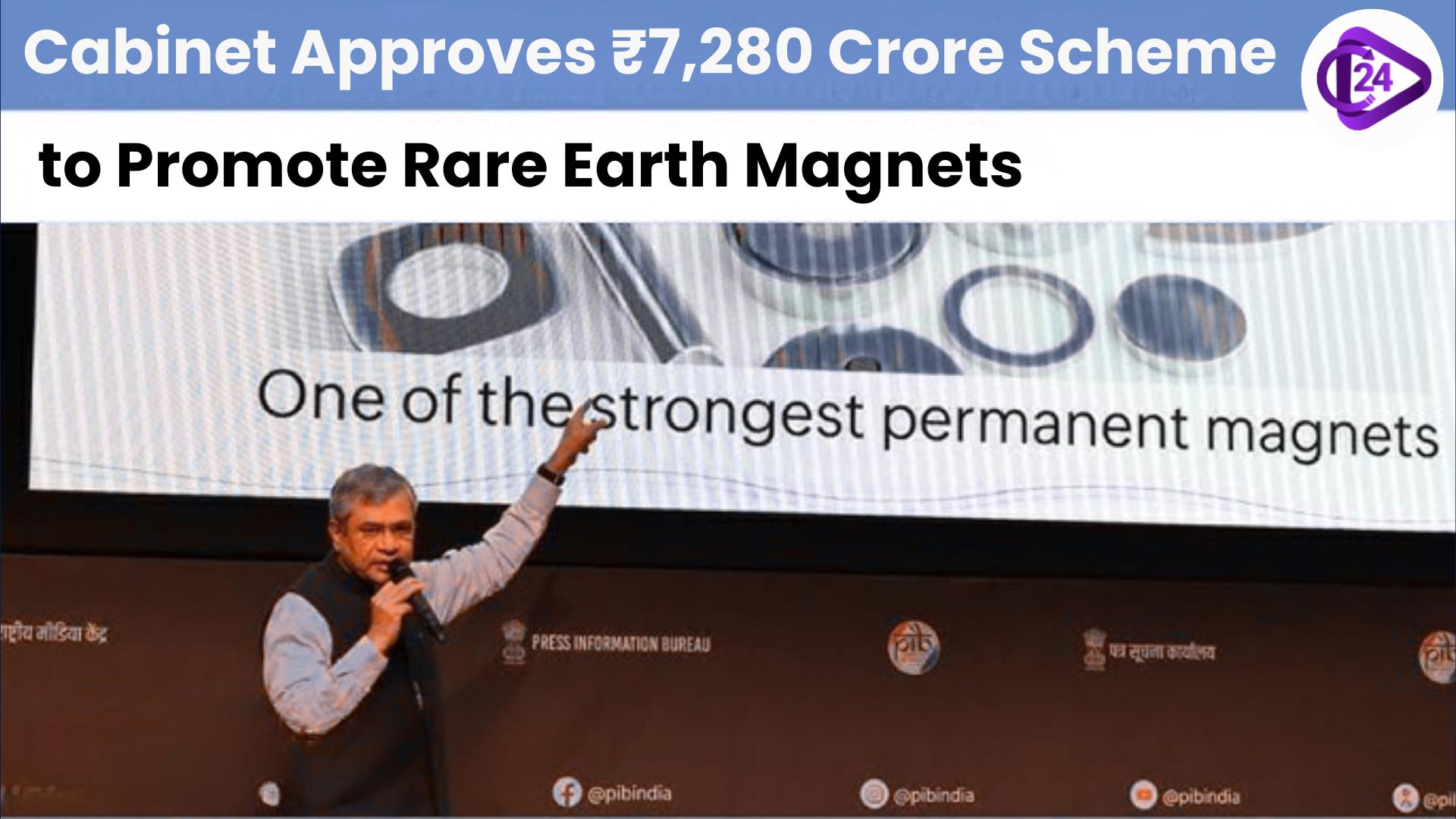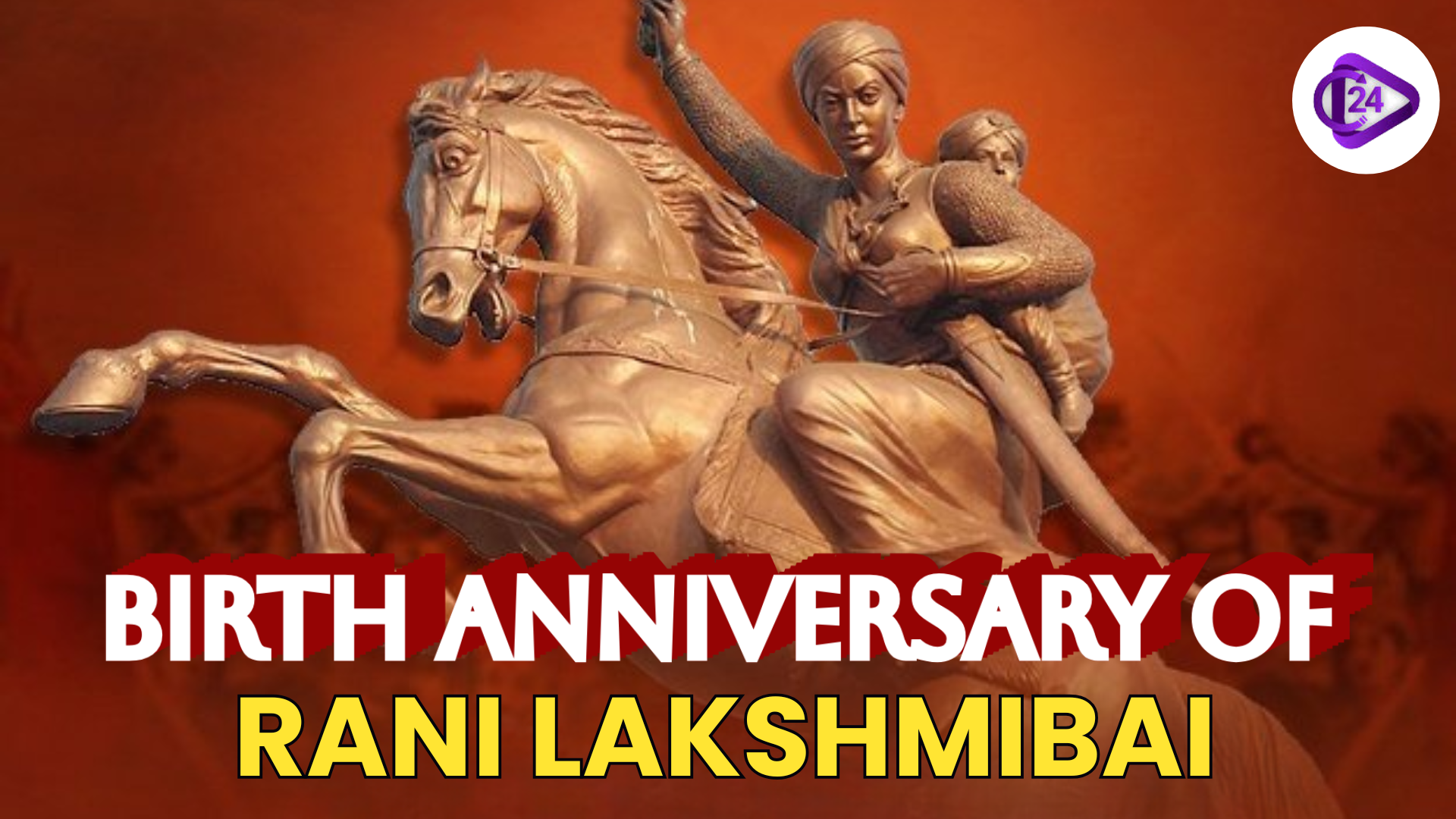
The first glass suspension bridge in India, known as Bajrang Setu, is expected to enhance the scenic beauty of Rishikesh by 2025. The bridge is 132 meters long and 8 meters wide with a two-lane deck made of steel, and both sides have transparent glass pedestrian walkways with panoramic views of the Ganga River. Bajrang Setu, which is an improvement of tourism, connectivity, and spiritual experiences in the area, is designed to replace the historic Lakshman Jhula.
Bajrang Setu: An amalgamation of Creativity, Design, and religious Beauty.
Bajrang Setu: A Blend of Innovation, Architecture, and Spiritual Beauty
-
Bajrang Setu is 132 meters (length), 8 meters (width) in size, with a steel deck of 5 meters and a 1.5-meter (each side) glass walkway.
-
It is constructed across the Ganga River in Rishikesh as a replacement for the famous Lakshman Jhula.
-
The construction started in 2022 and should be completed before December 2025.
-
The bridge is a blend of cutting-edge engineering and spiritual architecture that presents a scenic view of the river.
Important Bridges of Uttarakhand
-
Lakshman Jhula- It is an iconic suspension bridge constructed in the year 1929, located over the river Ganga in Rishikesh, to symbolize adventure and spirituality.
-
Ram Jhula- A Suspension bridge similar to the previous bridge between ashrams and temples, which encourages religious tourism.
-
Bajrang Setu - A Future glass suspension bridge that boosts transportation and tourism by the year 2025.
-
Pipal Koti Bridge - Strengthening of the road connections in Badrinath Highway, Uttarakhand.
Conclusion
The unveiling of the first Indian glass suspension bridge, Bajrang Setu, will be a historic step towards Indian Rishikesh tourism. Combining the latest engineering with the spirituality of the city, it is going to offer an unbelievable perspective on the Ganga River and a better connection. Bajrang Setu is expected to become a favorite world-tourist destination in the year 2025, changing the face of adventure, architecture, and cultural tourism in Uttarakhand.



 Birth Anniversary of Dr Rajendra Prasad
Birth Anniversary of Dr Rajendra Prasad Tessy Thomas Achieves Major Recognition With Dr Paulos Mar Gregorios Award 2025
Tessy Thomas Achieves Major Recognition With Dr Paulos Mar Gregorios Award 2025 Ramban Sulai Honey GI Tag: A Major Win for Traditional Beekeeping
Ramban Sulai Honey GI Tag: A Major Win for Traditional Beekeeping India Secures Third Rank in Asia Power Index 2025
India Secures Third Rank in Asia Power Index 2025 Constitution Day of India 2025: History, Meaning and Timeline Explained
Constitution Day of India 2025: History, Meaning and Timeline Explained India Launches ₹7,280 Crore Initiative to Develop Rare Earth Magnet Manufacturing
India Launches ₹7,280 Crore Initiative to Develop Rare Earth Magnet Manufacturing Assam Government Introduces Bill to Ban Polygamy with Strict Penalties
Assam Government Introduces Bill to Ban Polygamy with Strict Penalties Guru Tegh Bahadur Martyrdom Day 2025 A Tribute to Courage and Spiritual Strength
Guru Tegh Bahadur Martyrdom Day 2025 A Tribute to Courage and Spiritual Strength India Pays Tribute to the Birth Anniversary of Rani Lakshmibai
India Pays Tribute to the Birth Anniversary of Rani Lakshmibai Kinnaur’s Raulane Festival Celebrates Nature’s Mystical Guardians
Kinnaur’s Raulane Festival Celebrates Nature’s Mystical Guardians






